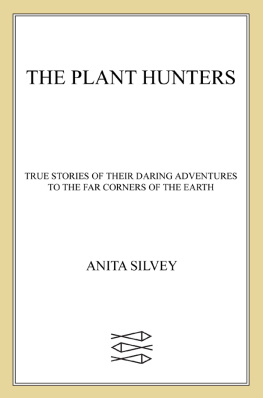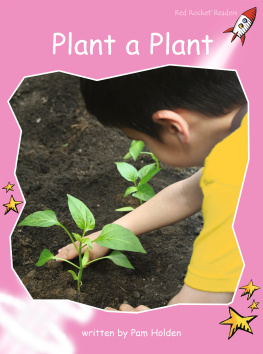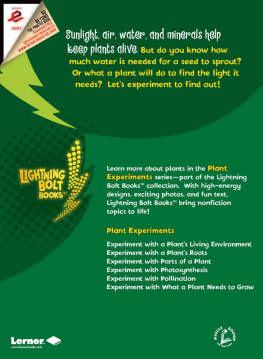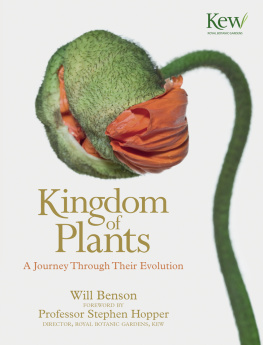Anita Silvey - The Plant Hunters: True Stories of Their Daring Adventures to the Far Corners of the Earth
Here you can read online Anita Silvey - The Plant Hunters: True Stories of Their Daring Adventures to the Far Corners of the Earth full text of the book (entire story) in english for free. Download pdf and epub, get meaning, cover and reviews about this ebook. year: 2015, publisher: Farrar, Straus and Giroux (BYR), genre: Detective and thriller. Description of the work, (preface) as well as reviews are available. Best literature library LitArk.com created for fans of good reading and offers a wide selection of genres:
Romance novel
Science fiction
Adventure
Detective
Science
History
Home and family
Prose
Art
Politics
Computer
Non-fiction
Religion
Business
Children
Humor
Choose a favorite category and find really read worthwhile books. Enjoy immersion in the world of imagination, feel the emotions of the characters or learn something new for yourself, make an fascinating discovery.
- Book:The Plant Hunters: True Stories of Their Daring Adventures to the Far Corners of the Earth
- Author:
- Publisher:Farrar, Straus and Giroux (BYR)
- Genre:
- Year:2015
- Rating:4 / 5
- Favourites:Add to favourites
- Your mark:
The Plant Hunters: True Stories of Their Daring Adventures to the Far Corners of the Earth: summary, description and annotation
We offer to read an annotation, description, summary or preface (depends on what the author of the book "The Plant Hunters: True Stories of Their Daring Adventures to the Far Corners of the Earth" wrote himself). If you haven't found the necessary information about the book — write in the comments, we will try to find it.
Driven by an all-consuming passion, the plant hunters traveled around the world, facing challenges at every turn: tropical illnesses, extreme terrain, and dangerous animals. They battled piranhas, tigers, and vampire bats. Even the plants themselves could be lethal! But these intrepid eighteenth- and nineteenth-century explorers were determined to find and collect new and unusual specimens, no matter what the cost. Then they tried to transport the plantsand themselveshome alive. Creating an important legacy in science, medicine, and agriculture, the plant hunters still inspire the scientific and environmental work of contemporary plant enthusiasts.
Working from primary sourcesjournals, letters, and notes from the fieldAnita Silvey introduces us to these daring adventurers and scientists. She takes readers into the heart of their expeditions to then-uncharted places such as the Amazon basin, China, and India. As she brings a colorful cast of characters to life, she shows what motivated these Indiana Jonestype heroes. In The Plant Hunters, science, history, and adventure have been interwoven to tell a largely forgottenyet fascinatingstory.
Anita Silvey: author's other books
Who wrote The Plant Hunters: True Stories of Their Daring Adventures to the Far Corners of the Earth? Find out the surname, the name of the author of the book and a list of all author's works by series.

















 THE
THE 




